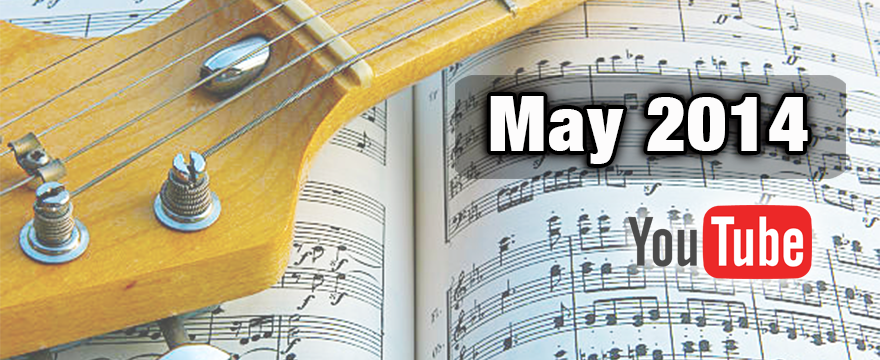• Top-5-guitar-practice-habits • Small Band Dynamics
• Rhythmic Variation of Melody
• Scales, Melodies and the Fingerboard
• Primary and Secondary Chords
Practice can obviously take make forms. From jamming a song to the study of a scale. But, the difference that can occur through a highly organized practice approach is monumental. By organizing your time through the use of a schedule. And, by using time frames along with a metronome, big differences can happen.
- Click the button below to download the lesson handout
(access to lesson material will require a FREE membership)
When we perform Rhythm Guitar in a small band, (such as a duet or trio), we need to pay extra attention to our use of dynamics. This includes, our chord grooves, our chord voicings, and how loud or soft we strum or pluck. In the video I run through several examples of how we can gain greater control over all of these areas.
- Click the button below to download the lesson handout
(access to lesson material will require a FREE membership)
Improvisation for new students of the skill can be a daunting task. What seems like such a natural thing for so many guitarists, can become an overwhelming training routine for a student. In this video, I break down a simple method for the study of improvisation that places the main focus of expanding improv skill upon altering the rhythm of an established melody.
- Click the button below to download the lesson handout
(access to lesson material will require a FREE membership)
Scales, Melodies and the Fingerboard
Once the standard scale patterns are well practiced, the next step is using them to create melody and to transcribe. In order to do this effectively, players need to fully understand how the scales operate in practical situations. One of the best ways of doing this is to analyze an existing melody and study how it realates back to the in-position scale patterns.
- Click the button below to download the lesson handout
(access to lesson material will require a FREE membership)
One of the advanced skills of a Rhythm Guitarist is the ability to apply Secondary Chords around an existing chord progression. The skill for this is also useful when composing or arranging. This lesson explains how to swap or layer Secondary chord types. It also includes a section covering arpeggio application for creating rhythm riffs.
- Click the button below to download the lesson handout
(access to lesson material will require a FREE membership)

